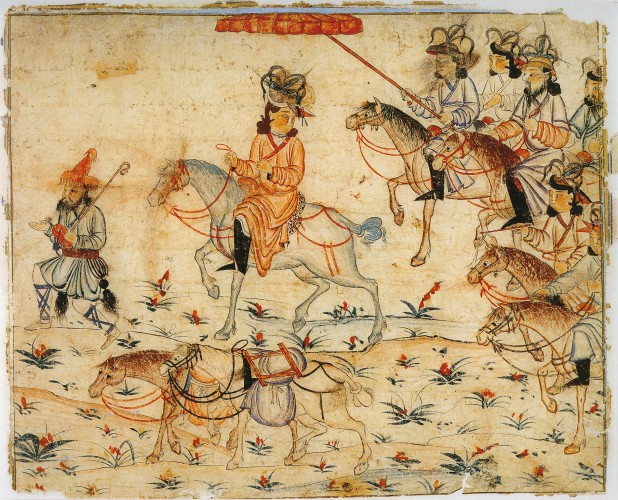From: Medievalist.com August 22, 2015
Introduction: In the last two decades, scholars of Mongol history have shown a growing interest in the application of the Arabic sources in the study of the Mongol empire and in particular, of the Ilkhanate, the independent Mongol state centred in Iran (1258–1336). Studies based largely on Egyptian and Syrian chronicles and biographical collections have contributed much to our knowledge of Ilkhanid relations with the neighboring Mamluk Sultanate (1250–1516) and to our understanding of the process of conversion to Islam which the Mongols in Iran underwent. However, in the study of Ilkhanid women and gender relations in the Ilkhanate, the Arabic sources have remained unexplored. Arabic biographical collections have proved to be a valuable source in the study of the history of women in Muslim societies and therefore, might also be of use in the study of women in Mongol Iran. One important author who included in his works biographies of men and women from the Mongol khanates is Salah. al-Din Khalil ibn Aybeg al-Safadı (d. 764/1363), the compiler of the two biographical dictionaries, al-Wafi bi-al-Wafayat and Ayan al-Asr wa-Awan al-Nasr. Al-Safadi devotes biographical entries to three prominent Ilkhanid Khatuns (ladies) who were his contemporaries. While the stories of two of these ladies, the Chupanid Baghdad Khatun and her niece, Dilshadh Khatun, who were both married to the Ilkhan Abu Said (r. 1316–35), are well known and have been thoroughly studied, the story of the third, El Qutlugh Khatun, the daughter of Abagha Ilkhan (r. 1265–82), is, to the best of my knowledge, largely unknown and has yet to be examined in detail.

No comments:
Post a Comment